
Nestled on the hills of Beykoz overlooking the Bosphorus, the Khedive Palace (known as Hidiv Kasri) stands as one of the most significant historical landmarks still standing today from Abbas Hilmi's years spent there.
The Khedive’s Palace was commissioned by Khedive Abbas Hilmi Pasha and built by the renowned Italian architect Delfo Seminati between 1905 and 1907.
The palace is located today in the Cubuklu neighborhood of Istanbul’s Beykoz district, which may raise some questions. However, during that period, all areas on the Asian side of the city, including Cubuklu, Beykoz, Anadolu Kavagi, Sile, Kadikoy, and even Gebze, were administratively part of Uskudar—a renowned neighborhood on the Asian side of Istanbul.
The palace featured the first steam-powered elevator in Türkiye at the time, gaining recognition for this unique feature.
It is surrounded by a large garden filled with various types of roses and trees and is known for the diverse birds that fly among its tall trees.
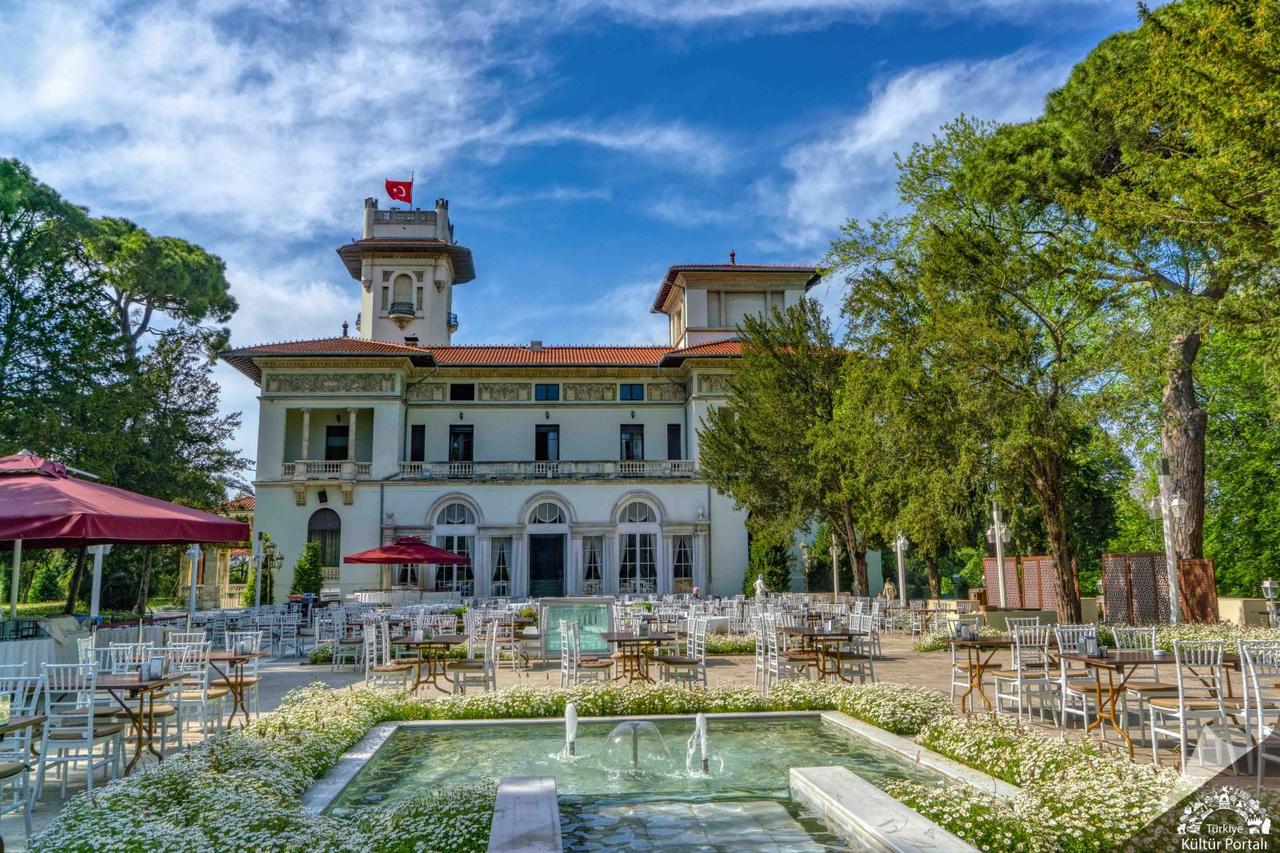
Egypt’s sweltering summer climate compelled the Khedival family to seek refuge abroad. According to researchers, they usually vacationed in European countries; the Ottoman administration viewed this with concern and made efforts to prevent it.
It even argued that it was inappropriate for a Muslim woman like Javidan Hanim to travel to Europe and adopt Western customs.
Such claims, in which Javidan Hanim was effectively used as a pretext, were in fact aimed at ensuring that the Khedive and his wife spent the entire summer in Istanbul, under the watchful eye of the Sultan.
However, neither the Khedive nor his wife paid heed to these suggestions.
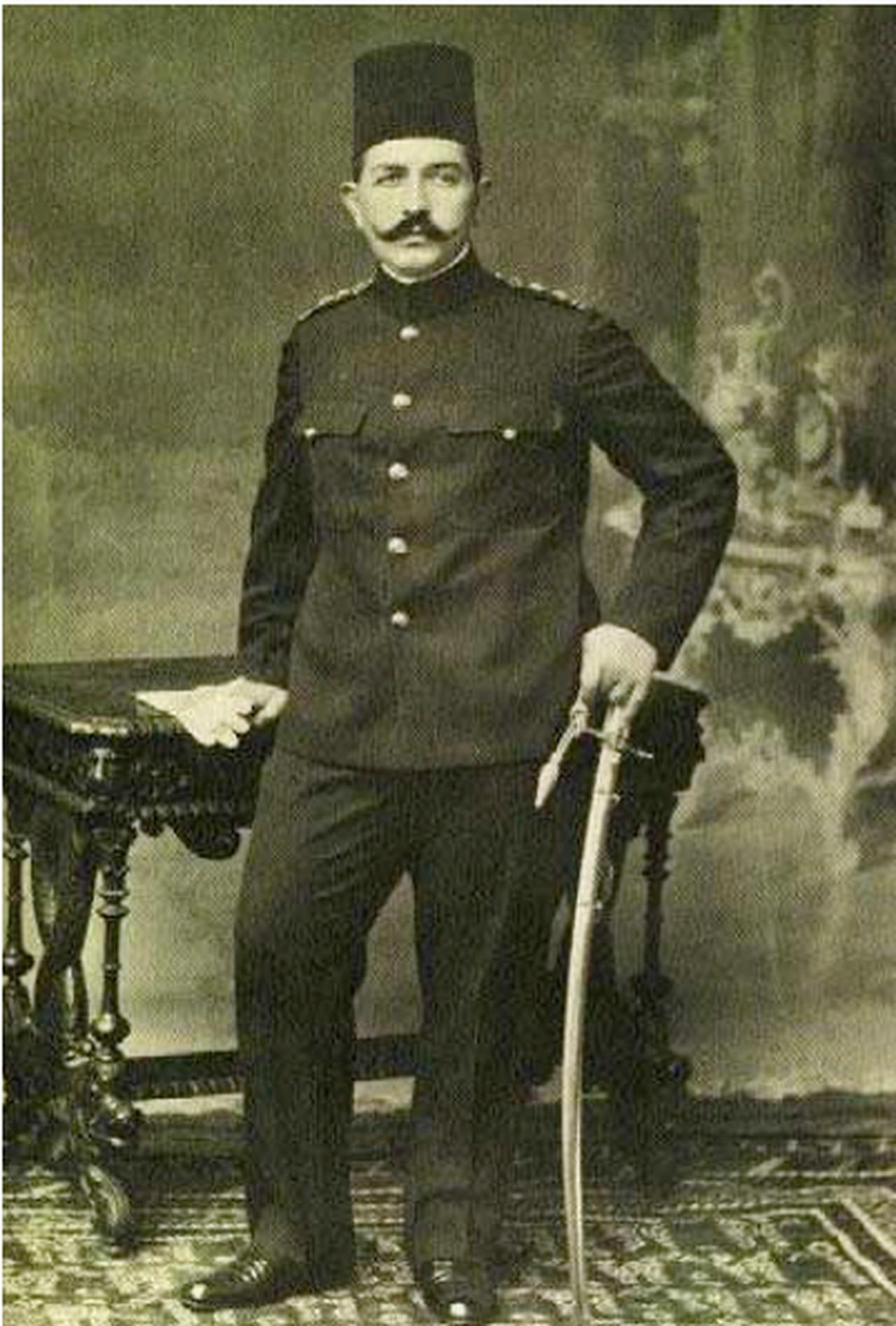
In 1899, during the ceremonies held to mark the anniversary of the Sultan’s accession to the throne, Abbas Hilmi Pasha visited Istanbul and was received by Sultan Abdulhamid II.
During their meeting, the Sultan stated that he had instructed officials to find a suitable residence in Istanbul for the Khedive and asked for his opinion.
The Khedive responded that Cubuklu, where they had previously spent several summers and greatly appreciated for its tranquility, fresh air, and waterside location, would be the most suitable place.
Under the supervision of architect Delfo Seminati, director of the Khedive’s Imperial Construction Office, construction began in 1905.
For two years, approximately 150,000 gold coins were spent to build the magnificent palace seen today.
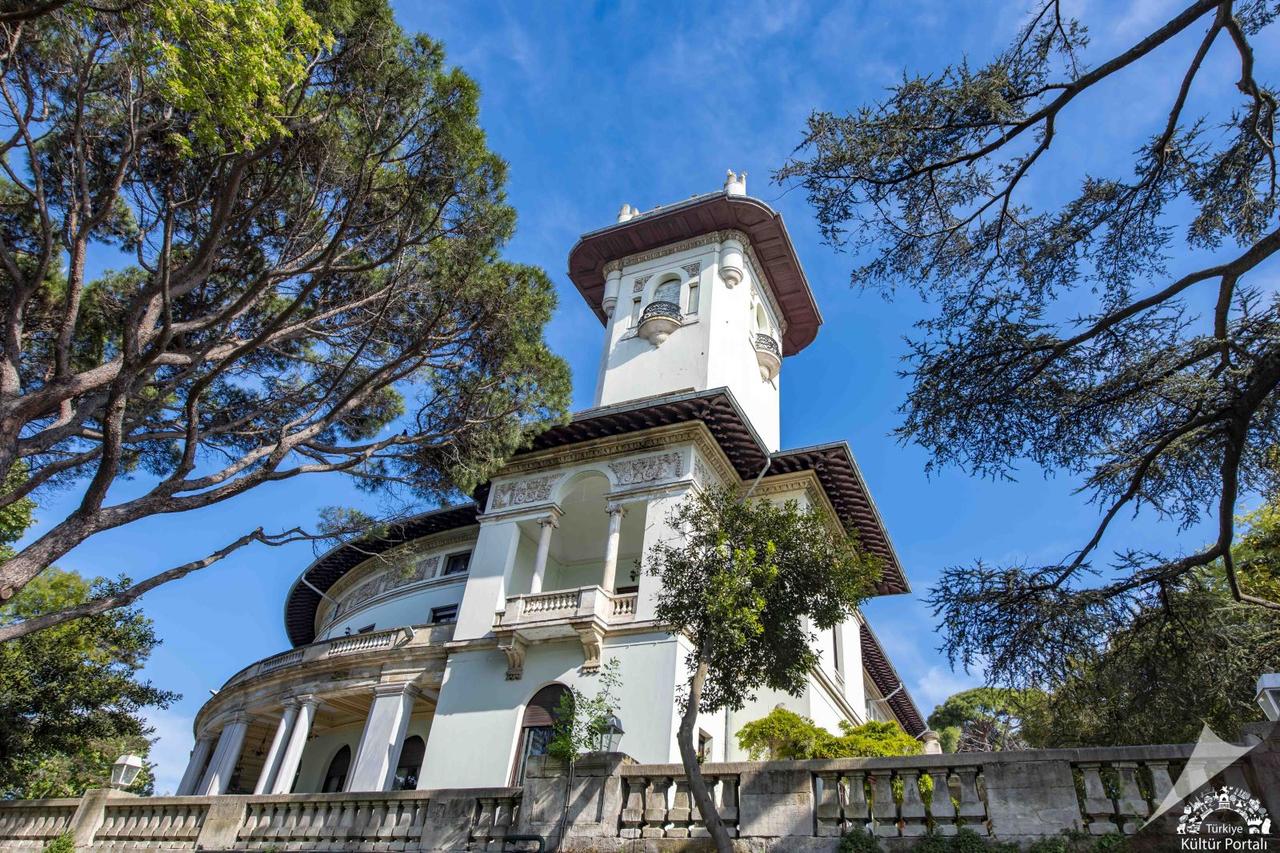
The palace, resembling ancient Roman villas and dominated by an Italian atmosphere, was built in the Art Nouveau style.
Pierre Loti criticized the construction of a Western-style villa, finding it tasteless given the exquisite examples of Ottoman architecture.
His wife, Javidan Hanim, was less concerned with the palace’s architecture and more with its spiritual atmosphere, describing it as a “home” and a “true refuge” where they could escape the rigid formalities of Egyptian protocol and spend time alone together.
The Khedive referred to his residence as the “Chalet Suisse” and a “palace.”
However, it was much larger and more ostentatious than a typical Swiss chalet.
During the palace’s construction process, both the Khedive and Abbas Hilmi Pasha were personally involved in every stage of the project.
They carefully selected the decorations, furniture, garden layout, and even the types of trees and flowers to be planted. Special trees were imported from France and Switzerland for the palace grounds. The result was a magnificent grove featuring rare pines, firs, cedars, cypresses, thuja and magnolias.
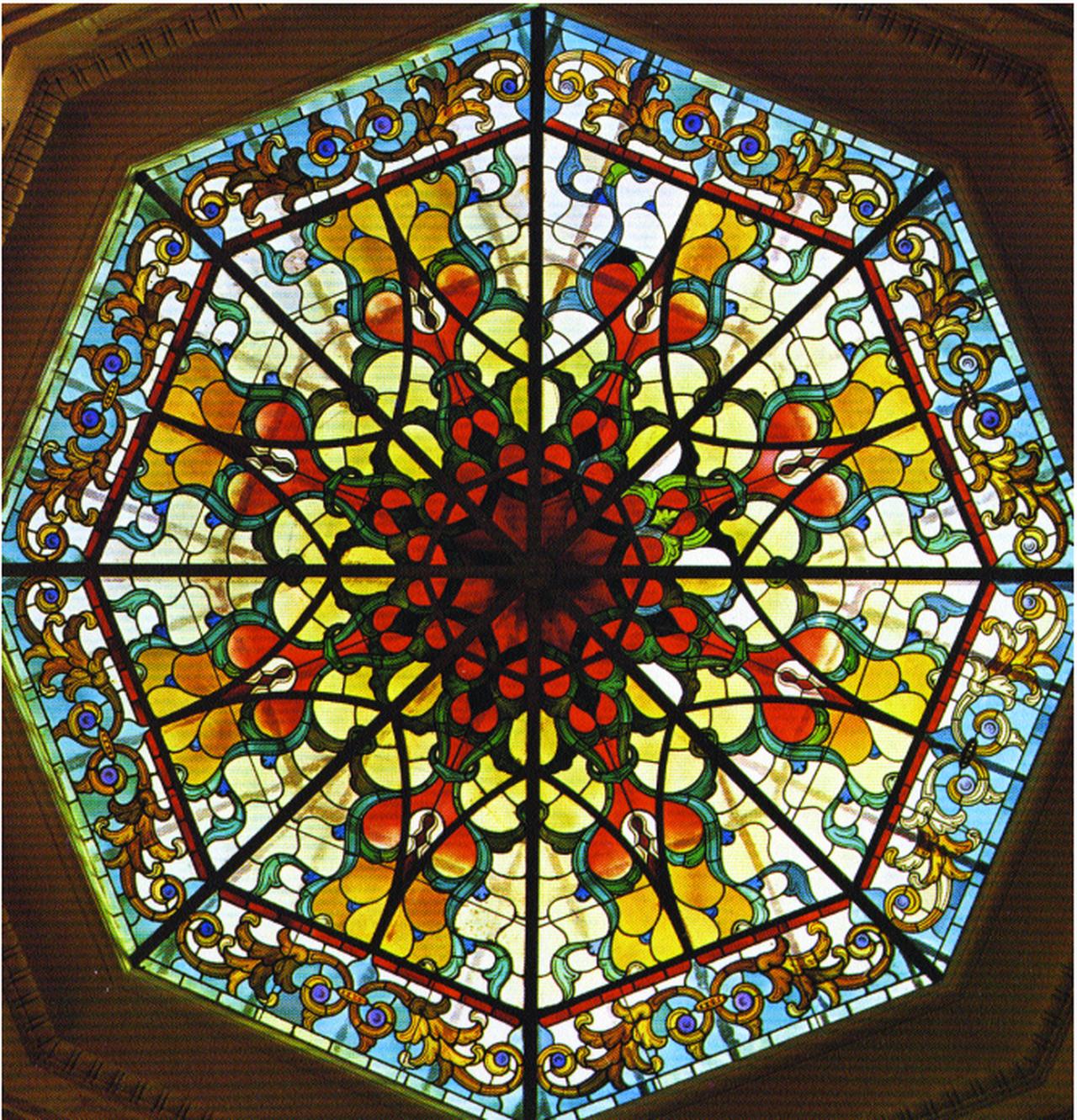
The palace itself was built on a 1,000-square-meter area with sumptuous materials, including Somaki marble columns, halls adorned with pools and fountains, and walls made of solid walnut wood. Nearly all materials were imported from Europe. Equipped with an electric generator and a heating system, the palace was among the most luxurious and comfortable residences of its time.
Its main entrance was painted in gold and adorned with a special emblem topped by a crown.
Additionally, both its tower and interior spaces give the palace the distinction of being the first building in Türkiye to feature an elevator.
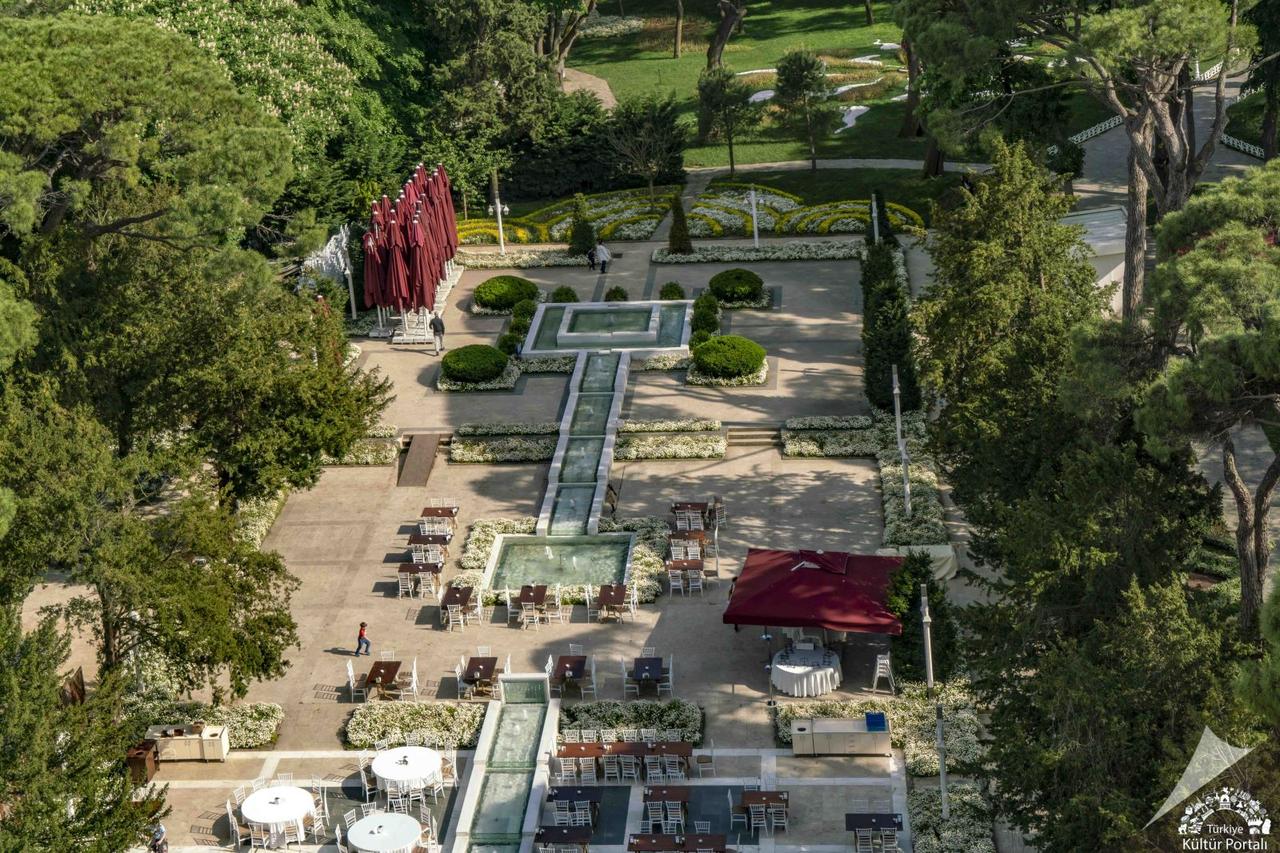
After the Khedive left the city in 1930, the Istanbul Municipality purchased the palace. However, it saw little use between 1937 and 1982, during which time it suffered neglect and damage.
The palace was restored in 1982, and two years later, it was converted into a hotel, restaurant, and cafe.
The palace is open to the public, welcoming both Turkish locals and foreign visitors to enjoy their time.
Inside, there is a large restaurant, while the garden features children’s play areas and family seating. The venue is also used for weddings, meetings, and seminars.